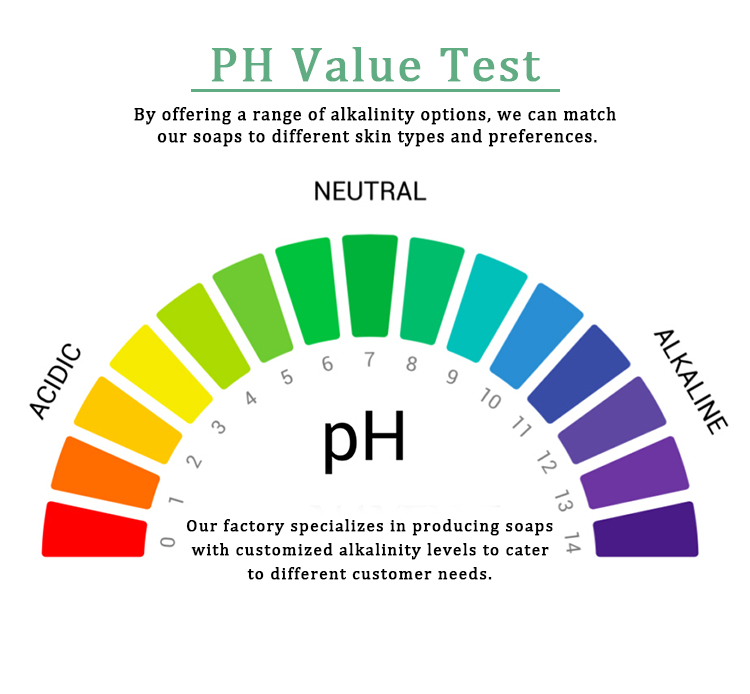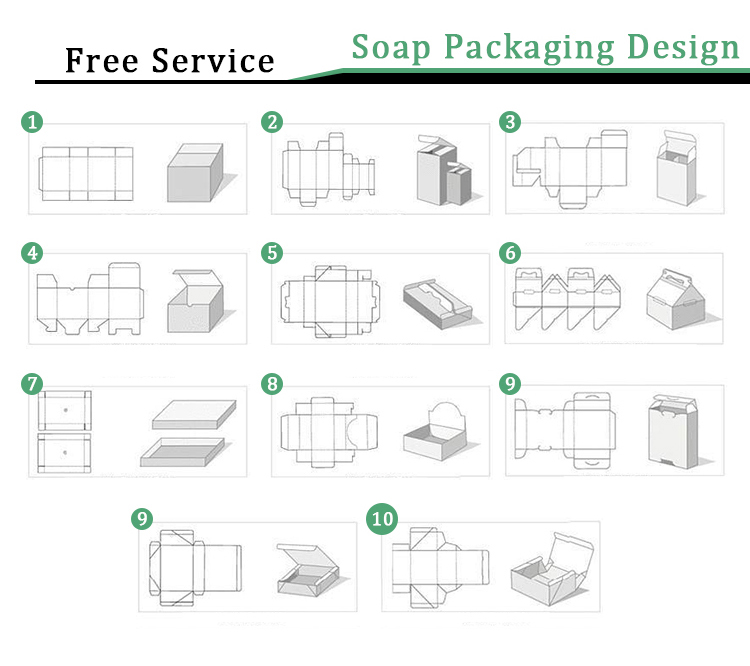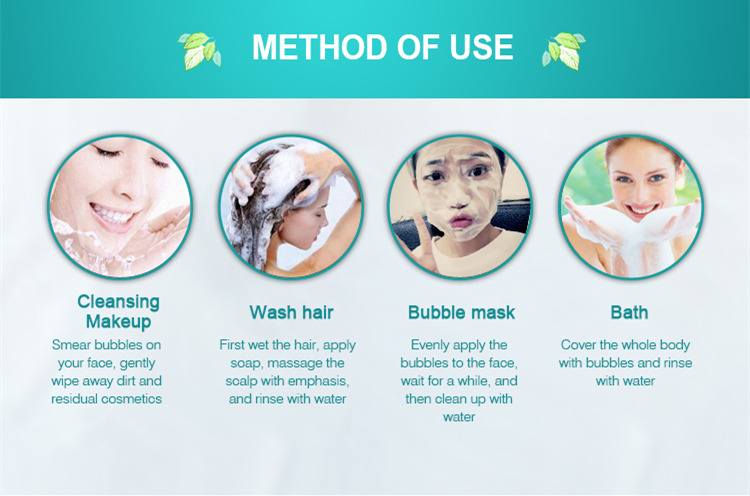Features of antibacterial soap include:
- Active Antibacterial Agents: These soaps contain specific chemical compounds designed to target and kill bacteria. Common antibacterial agents include triclosan, triclocarban, and benzalkonium chloride. However, it’s important to note that the use of some of these agents, such as triclosan, has been restricted or banned in some regions due to concerns about their environmental impact and potential health risks.
- Moisturizing Ingredients: Many antibacterial soaps include moisturizing ingredients to prevent the skin from drying out. Frequent use of antibacterial soaps can sometimes lead to dryness or irritation, so these moisturizers help counteract that effect.
- Fragrance: To improve the scent and overall user experience, antibacterial soaps may contain fragrances. However, some people may have sensitivities or allergies to certain fragrances, so fragrance-free options are also available.
- Emollients: These are substances that help maintain the skin’s moisture and provide a smoother texture. Common emollients include glycerin and various oils.
It’s important to note that the effectiveness of antibacterial soaps in everyday use has been debated. While they can help reduce the spread of bacteria in certain situations, such as healthcare settings, regular handwashing with regular soap and water is generally considered sufficient for most people to maintain good hand hygiene and prevent illness. Additionally, overuse of antibacterial soaps may contribute to antibiotic resistance and environmental concerns, which has led to regulatory changes in some regions.
Antibacterial soap offer several advantages, including:
- Reduced Bacterial Transmission: Antibacterial soaps can effectively reduce the transmission of harmful bacteria. They are particularly useful in healthcare settings, where the spread of infections can be a significant concern.
- Added Protection: Antibacterial soaps provide an extra layer of protection against potentially harmful bacteria. This can be especially beneficial when you’re in environments where you’re more likely to come into contact with pathogens, such as public restrooms or after handling raw meat.
- Infection Prevention: Regular use of antibacterial soap can help prevent common infections, such as colds and flu, by reducing the presence of bacteria on your skin. This can be particularly important during flu seasons or in areas with high disease prevalence.
- Quick Disinfection: Antibacterial soaps can quickly disinfect hands and surfaces, making them convenient for use in situations where you need to clean up quickly and may not have access to water and regular soap.
In summary, while antibacterial soaps have their advantages in specific situations, their use should be mindful, and they should not replace the regular practice of good hand hygiene with regular soap and water in most day-to-day scenarios.
Customizable aspects of antibacterial soap include:
- Active Ingredients: Manufacturers can choose from a range of antibacterial agents to include in their soap formulations. Different antibacterial agents have varying levels of effectiveness against specific types of bacteria, and manufacturers may select those that align with their product goals.
- Concentration of Active Ingredients: The concentration of the active antibacterial ingredients in the soap can be adjusted. Higher concentrations may provide stronger antibacterial properties, but they can also increase the risk of skin irritation.
- Additional Ingredients: Manufacturers can include various additional ingredients to enhance the soap’s properties. These may include moisturizers, emollients, vitamins, natural extracts, or specialty ingredients aimed at addressing specific skin concerns.
- Fragrance: The choice of fragrance or the decision to offer fragrance-free options is highly customizable. Manufacturers can select from a wide range of scents to create unique product offerings.
- Texture and Form: Antibacterial soaps come in different forms such as liquid, bar, foam, or gel. Manufacturers can choose the form that best suits their target market or consumer preferences.
- Packaging: The design, size, and type of packaging can be customized to make the product more appealing and convenient for consumers. This includes options like pump bottles, squeeze tubes, or refillable containers.
Customization of these aspects allows manufacturers to create a range of antibacterial soap products that can cater to various consumer preferences, skin types, and market niches. Ultimately, these customizable elements contribute to product differentiation and consumer satisfaction.
There are several packaging solutions available for antibacterial soap, including:
- Pump Bottles: Pump bottles are a popular choice for liquid antibacterial soap. They are easy to use, and the pump dispenses a controlled amount of soap with each press, reducing waste and mess.
- Squeeze Bottles: Squeeze bottles are another option for liquid antibacterial soap. They are typically made of plastic and allow users to control the amount of soap they dispense by squeezing the bottle.
- Refillable Dispensers: Many manufacturers offer refillable dispensers for liquid antibacterial soap. These containers can be refilled with larger bulk-sized soap refills, reducing packaging waste and environmental impact.
- Bar Soap Wrappers: Bar soap is often wrapped in paper or plastic wrappers. These wrappers can be customized with branding, information, or decorative designs.
- Soap Bars in Boxes: Some premium or specialty bar soaps are sold in decorative boxes. These boxes can add to the product’s aesthetic appeal and are often used for gifting.
- Travel-Sized Containers: Travel-sized antibacterial soap containers are small and portable, making them convenient for on-the-go use. They are often available in squeeze bottles or flip-top containers.
The choice of packaging depends on various factors, including the type of soap (liquid or bar), the target market, usage context, and sustainability goals. Manufacturers often consider both functional and aesthetic aspects when selecting packaging solutions for their antibacterial soap products.

















